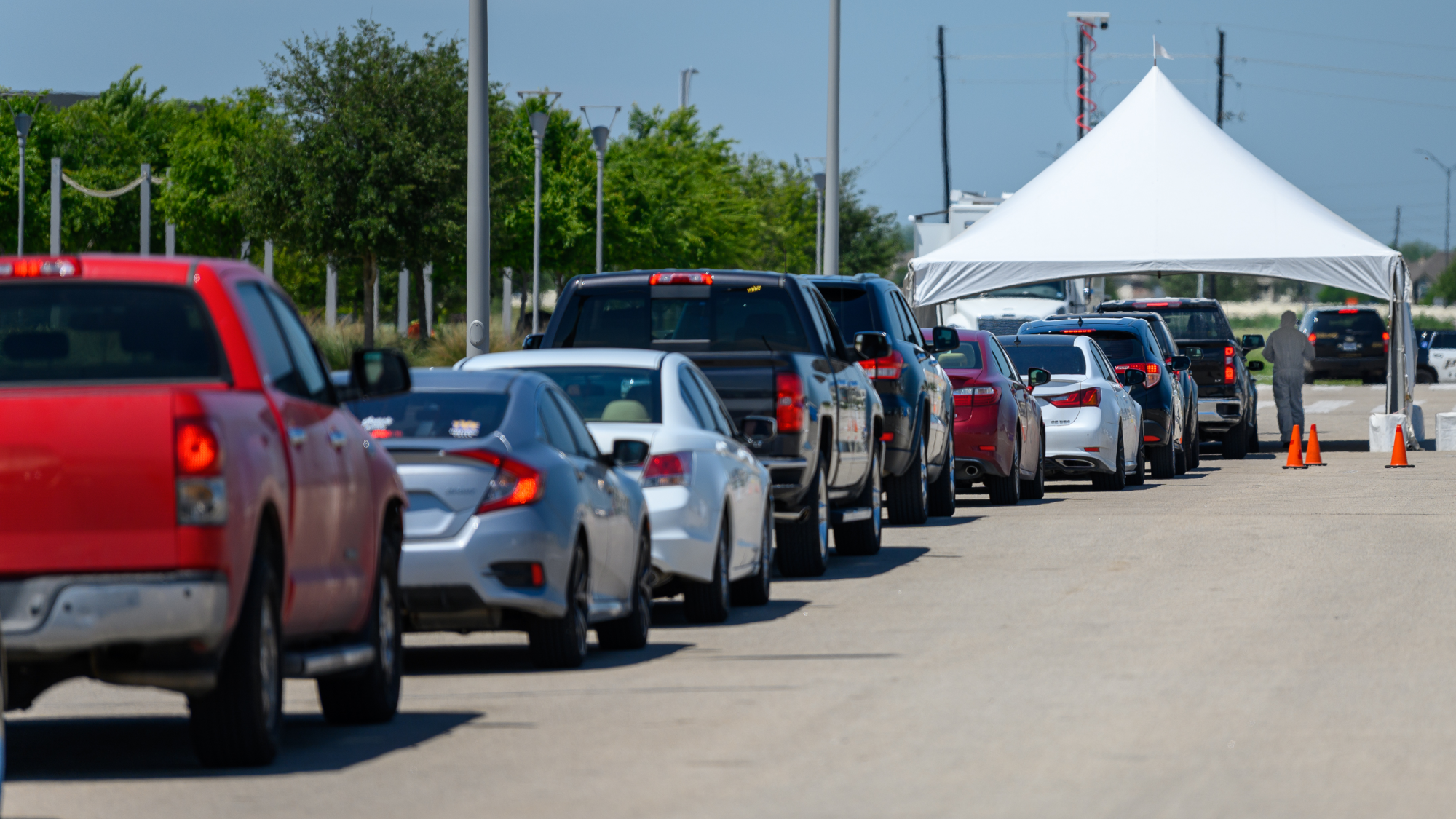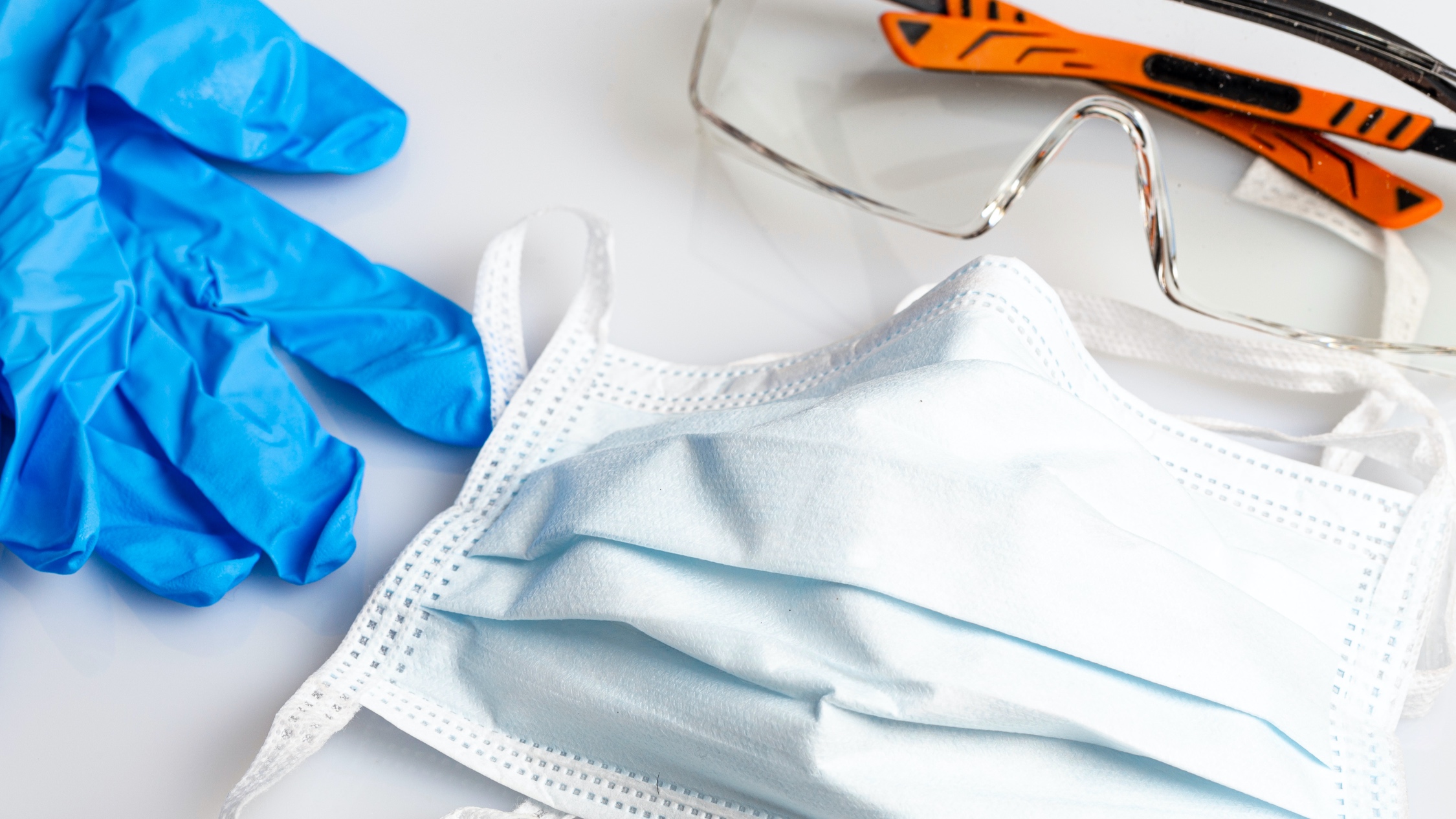More Testing is Still Critical as COVID Vaccines Roll Out

Our research team in the Poole College has continued to work on the problem of how best to distribute COVID tests during a nationwide and global shortage of tests, as pandemic cases continue to grow. Based on our interviews with subject matter experts and review of the current literature on the status of Covid-19 testing, we have learned that the distribution of test kits is not a well-defined problem with an easy solution. The increasing number of test kits being developed and authorized for use under FDA’s Emergency Use Authorization (FDA EUA)[1], although heartening and most desirable, does generate its own set of supply chain challenges for production scalability, inherent limitations of test results (false positives/negatives), procurement, and finally, distribution. As an increasing number of laboratories purchase commercially available kits, reagents, and supplies, the supply of kits has quickly become a limiting factor for re-opening the U.S. economy.[2] Our interviews and results also suggest that many of the constraints in the supply chain are in plastic consumables, reagents, and government restrictions/allocations of these products, as well as limitations on the ability of commercially available lab manufacturers to keep up with the demand for equipment. Larger labs that are able to diversify the platforms used are better able to navigate the shortages; however, the overall testing capacity of the country is limited to about 26M antigen tests per week (vs. 31M / week required). Current daily testing capacity for PCR tests is estimated at 577,000 daily, which is still short of the Harvard Health study of 900,000 per day. Even with expanded testing capacity plans, the number of tests in January (5.6M per week with expansion) will still fall short of the Harvard study recommendation of 6.3M per week.
An inability to test the population rapidly and effectively obscures the true scope of the pandemic, prevents an effective coordinated response, results in tremendous loss of life, and significantly impacts economic activity. As stated by the House Energy & Commerce Subcommittee chairman Diana DeGette, “If we’re going to give the American public confidence so they can resume familiar activities and safely return to work, we need to expand testing to more people, including asymptomatic people.”[3]
A substantial increase in the rate of testing has the potential to mitigate the impact of the re-emergence of this pandemic, and its associated toll on humanity. Both forms of test kits—those that identify the presence of the SARS-CoV-2 virus and those that test for the presence of virus-induced antibodies—are needed to ensure the safe opening up of the economy. Thus, there is a need to better understand, analyze, and model the relevant supply chains of test kits and supporting materials in order to inform the relevant technical community, public health officials, and policy makers on how to approve and contract with suppliers so as to ensure maximum societal benefit. We must, therefore, consider differentiating the variety of tests (antibody vs antigen vs nucleic acid vs others – especially in development) for building an effective model.
Our research seeks to identify major trends and assumptions we can make relative to several key questions: a) what we know about this virus and likelihood of resurgence, b) how much testing and what the demand for test kits is likely to be, c) the state of testing kit supplies, and the different activities and bottlenecks that exist. The document will serve as an initial set of working assumptions that will support the development of our model, as well as direct the collection of data and proxies that may be required for input data into the model. We are continuing to discover new elements of this problem as we move forward.
Our recommendations include:
- Organize the testing of collection data
- Create visibility into the testing capacity
- Maximize laboratory capacity through equipment diversification
- Scale up production of alternative reagents and plastic components
- Scale up production of rapid antigen tests
This report remains a “work in process” as new information is developed over the course of this research project.
[1] https://www.fda.gov/emergency-preparedness-and-response/mcm-legal-regulatory-and-policy-framework/emergency-use-authorization
[2] Retrieved from: Despite Promises, Testing Delays Leave Americans ‘Flying Blind’, The NYT.
[3] Retrieved from: COVID-19 Testing Supplies Still Needed, Lawmakers Told, Medpage Today.


